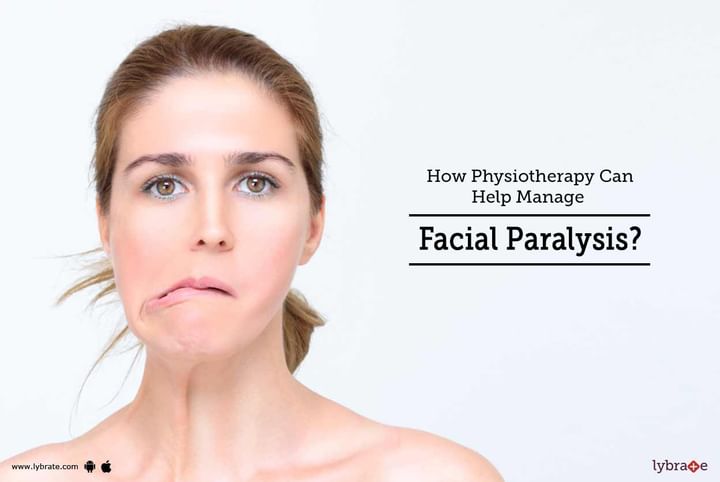How Physiotherapy Can Help Manage Facial Paralysis?
Facial paralysis can happen due to many factors. Sometimes inflammation develops around the facial nerve as it passes through the skull from the brain. This presses on the nerve and makes it stop functioning. As the nerve stops functioning, so does the muscle it controls.
This is what happens in Bell’s palsy, the most common cause of facial paralysis.
Bell’s palsy can happen to anyone and its cause is, hold your breath, a viral infection. Herpes zoster, Varicella zoster and HIV viruses can cause Bell’s palsy.
Bell's palsy is a common cause of a facial paralysis but there are many others too that affect or damage facial nerve. These include head injury, sarcoidosis, lyme disease, growths in the ear, tumours in the parotid gland, brain tumours and stroke.
The weakness of the face usually one-sided is a symptom of Bell’s palsy. The face may droop to one side, chewing food is also tough, drooling, dry eyes and difficulty wrinkling forehead and speech are other symptoms of Bell’s palsy, the most common reason for facial paralysis.
Treatment:
The type of therapy you receive for facial paralysis will depend on its cause. It will also develop on how long you’ve suffered from facial paralysis and the extent of damage to the facial nerve.
Your physiotherapist can help and so can speech and language therapists to deal with the issue.
In physiotherapy, a treatment called 'facial retraining' with facial exercises helps with facial palsy. It is important that you seek help from a therapist who specialises in facial rehabilitation only.
This is what you can expect from facial rehabilitation therapy-
-
Exercises for eye care
-
Exercises for dry mouth management
-
Exercises to make drinking and eating easier
Your physiotherapist will educate you on how the facial nerve works and how it recovers. This is important to make you recover. A home therapy programme plays an important role too. It includes massages to keep face muscles mobile and healthy, stretches to lengthen muscles, exercises to help re-learn balanced facial movements and relaxation of your facial nerve and muscles.
The physiotherapist will work on your facial movement to make muscles fit. The basic idea is to slowly rewire the brain-to-nerve-to-muscle pathway. The physiotherapist’s first step is to retrain you to do correct movements voluntarily, while mentally focusing on the movement.
Physiotherapy may take months but keep at it to recover completely, especially the home exercises.
Injections of botulinum toxin or Botox also help especially if you suffer from spasms in facial muscles. Surgery is also an option for chronic cases.
Remember that exercises should be done gently as well as daily to reap benefits. Always do these exercises with the help of a therapist only. Doing exercises by yourself can be counter- productive.



+1.svg)
